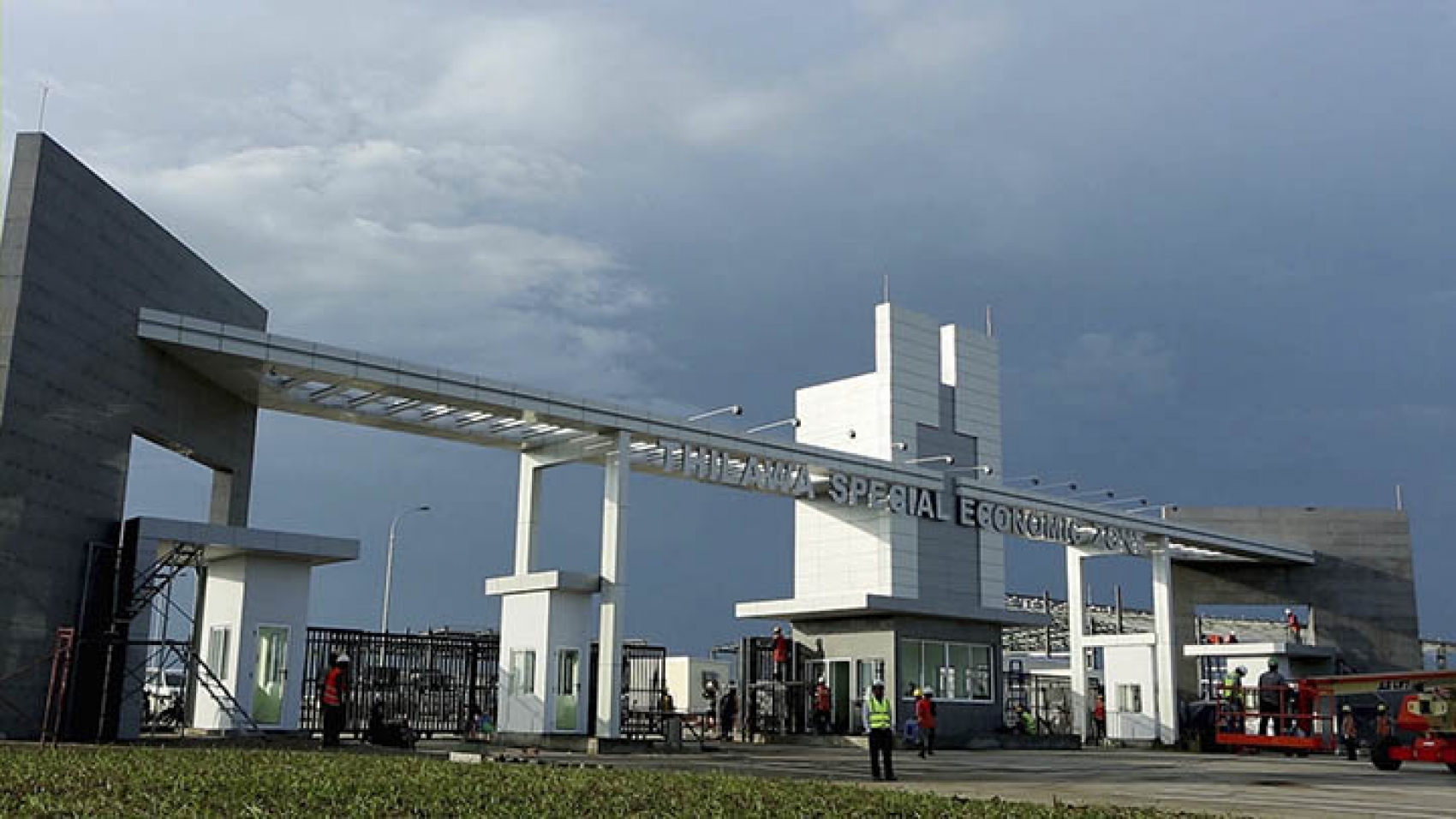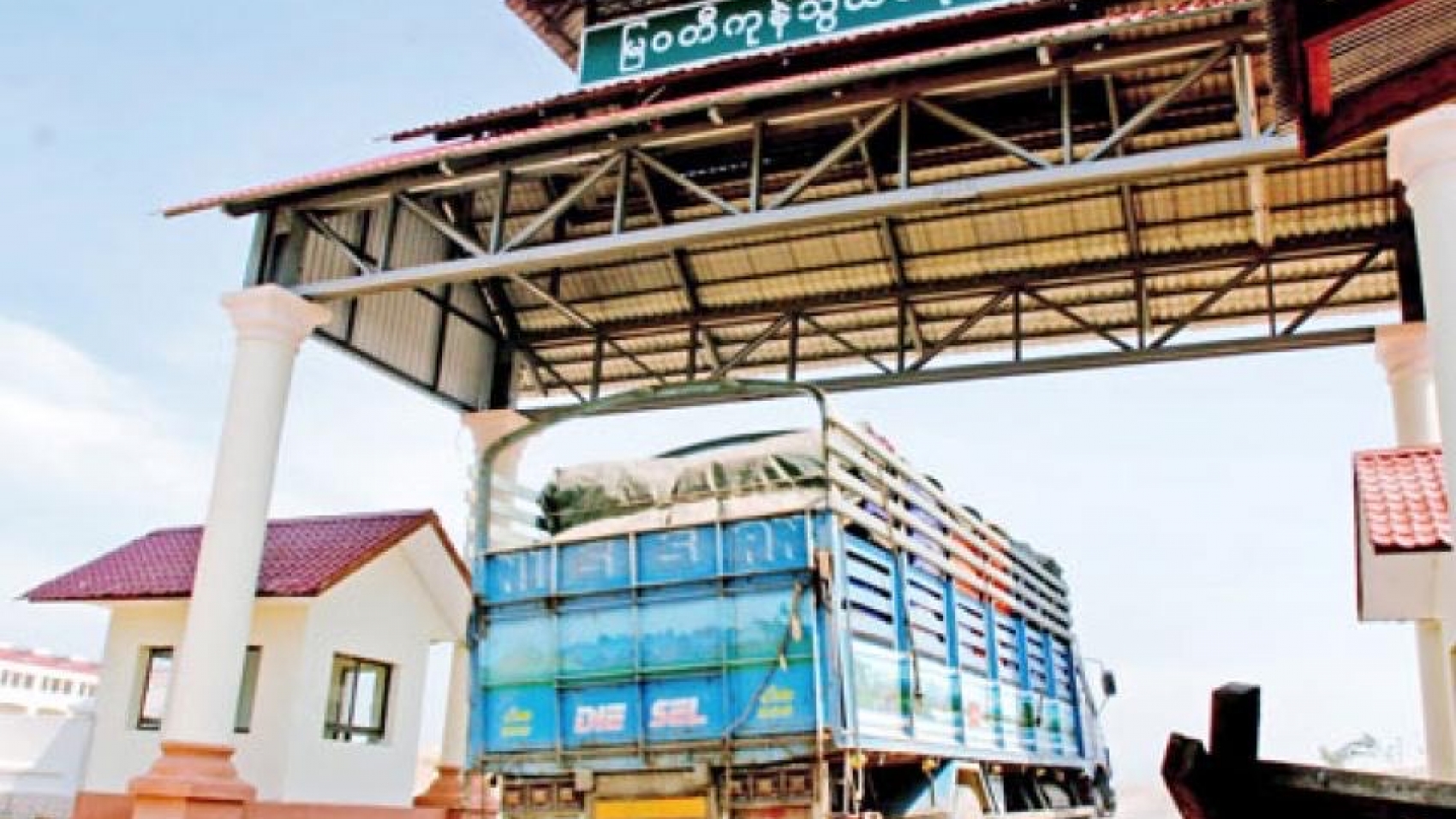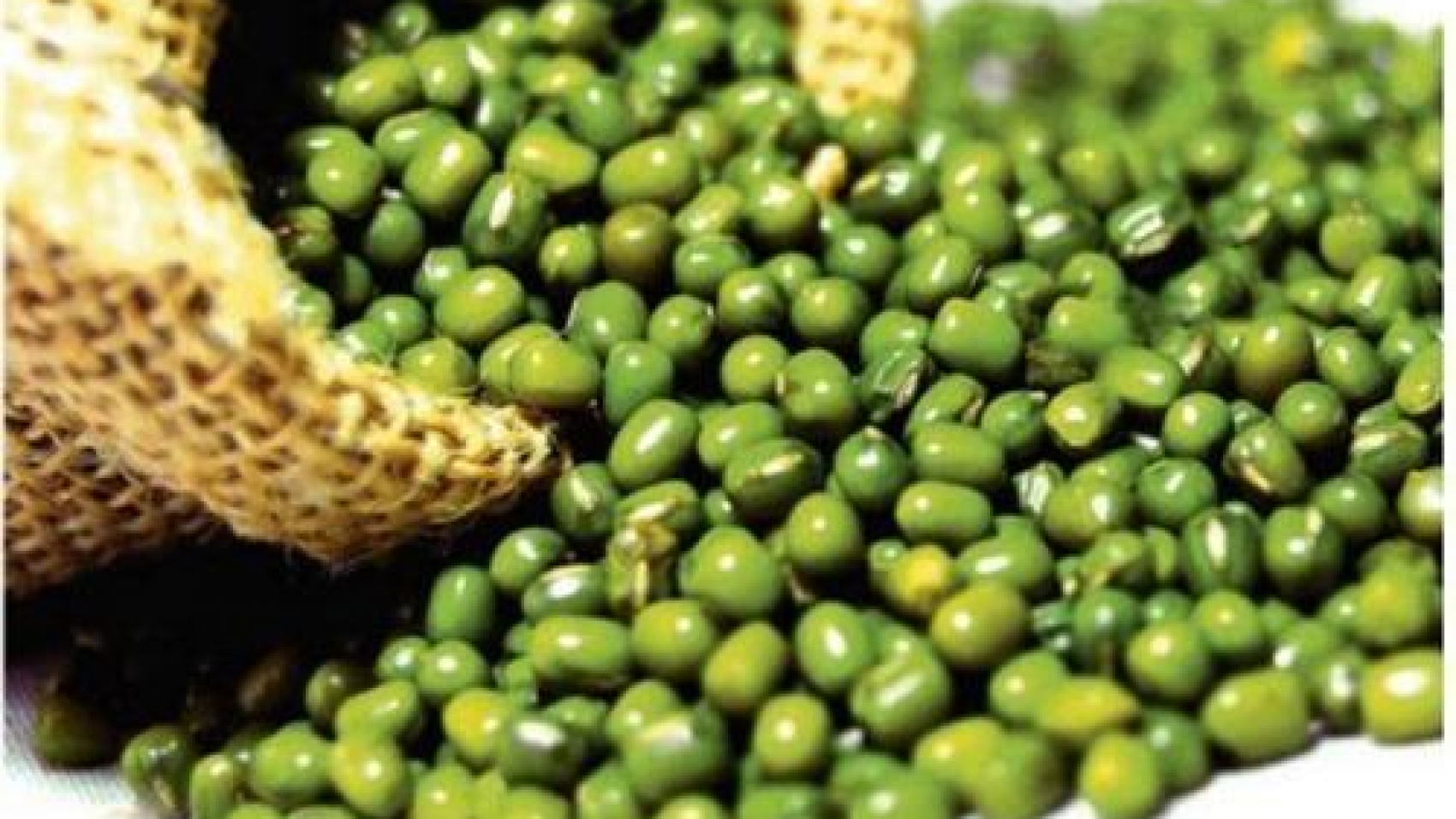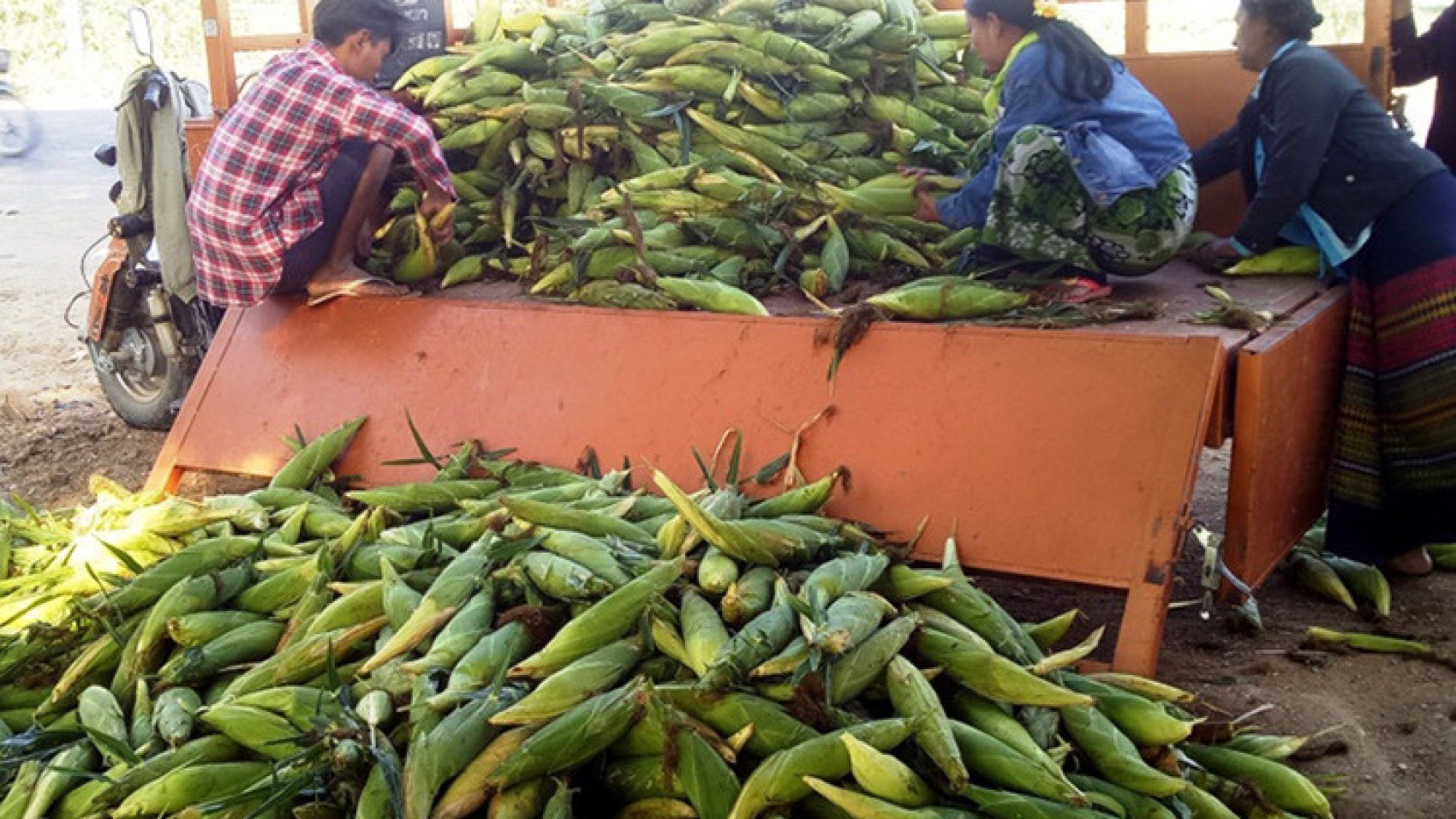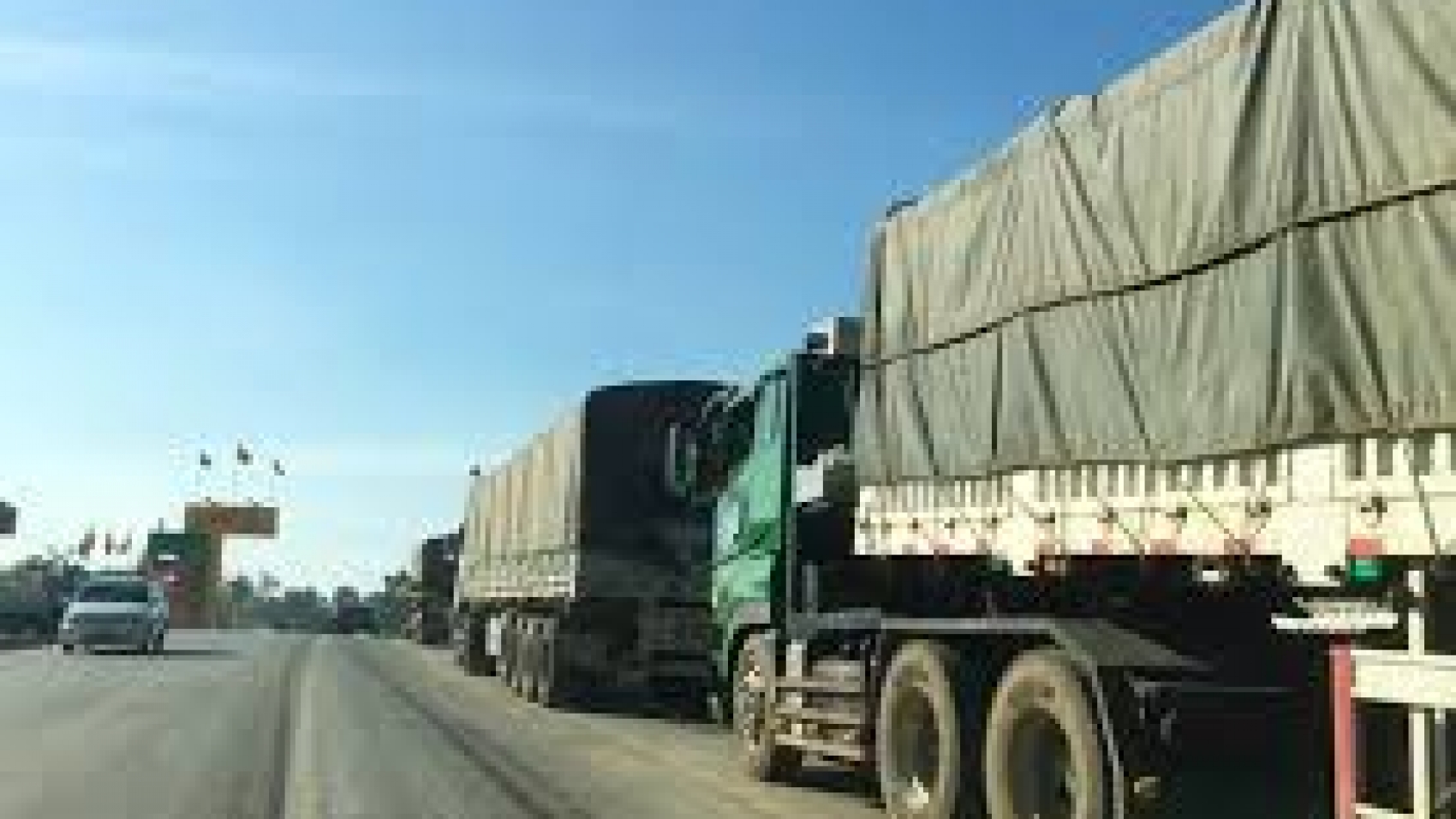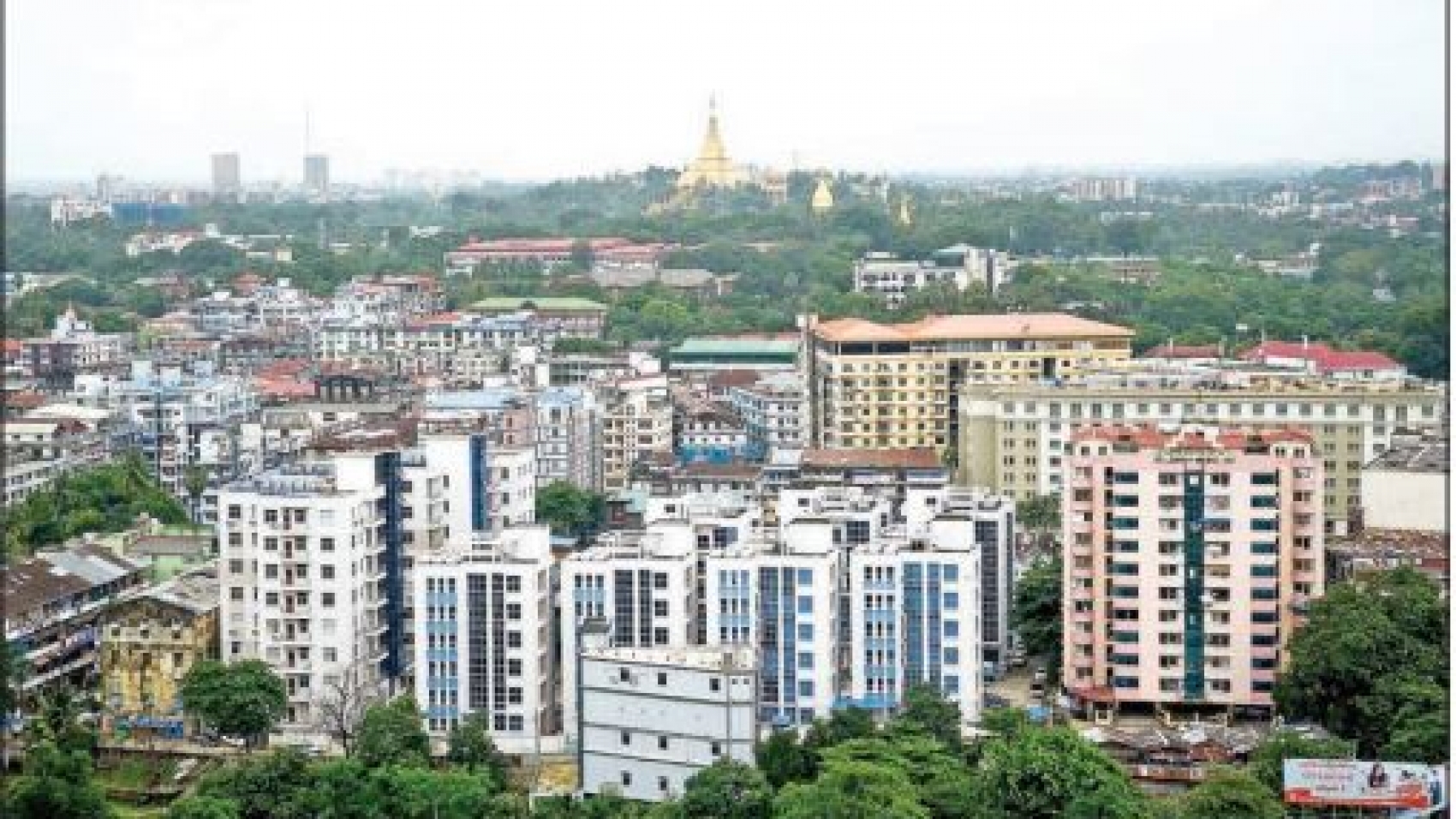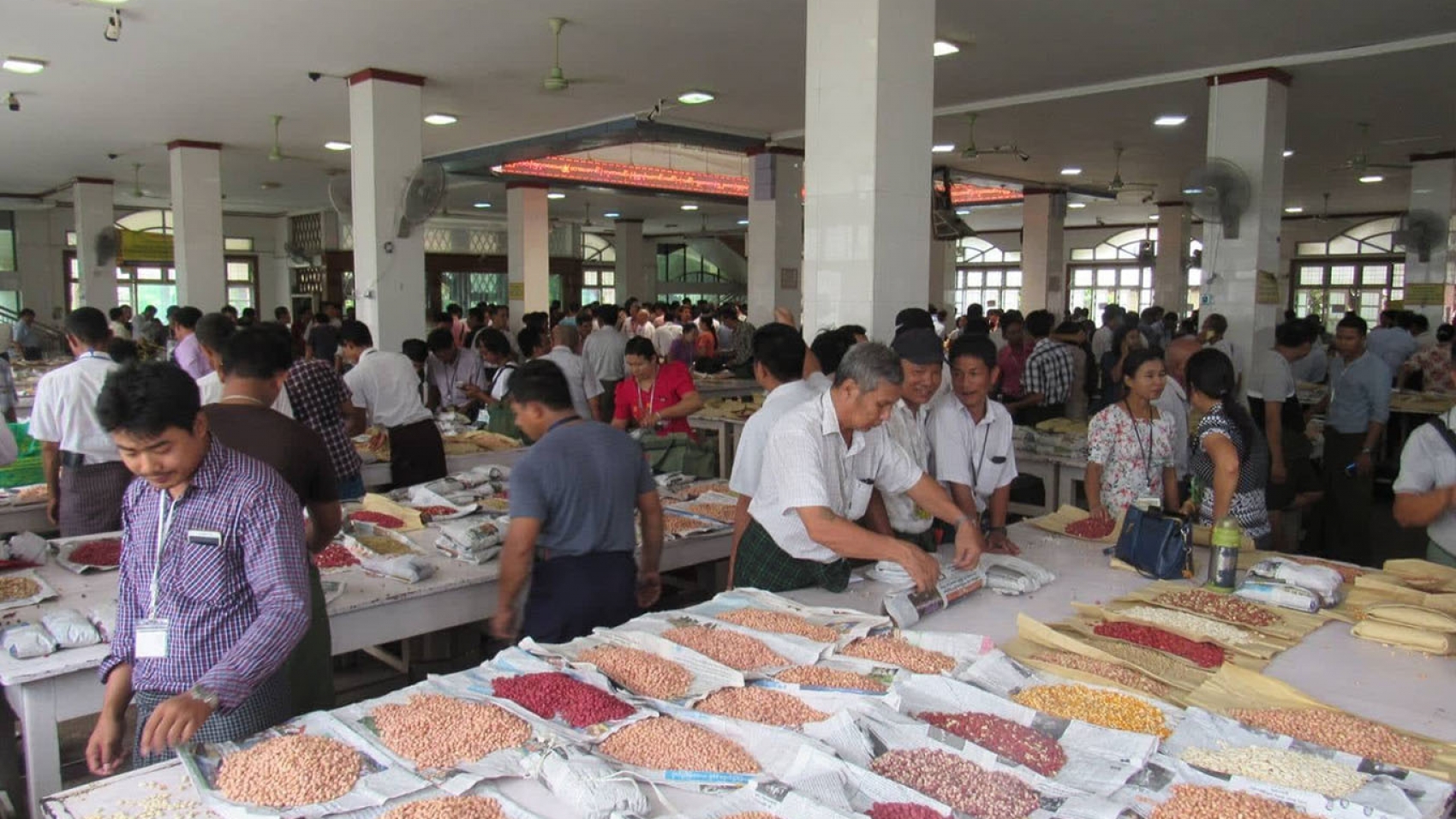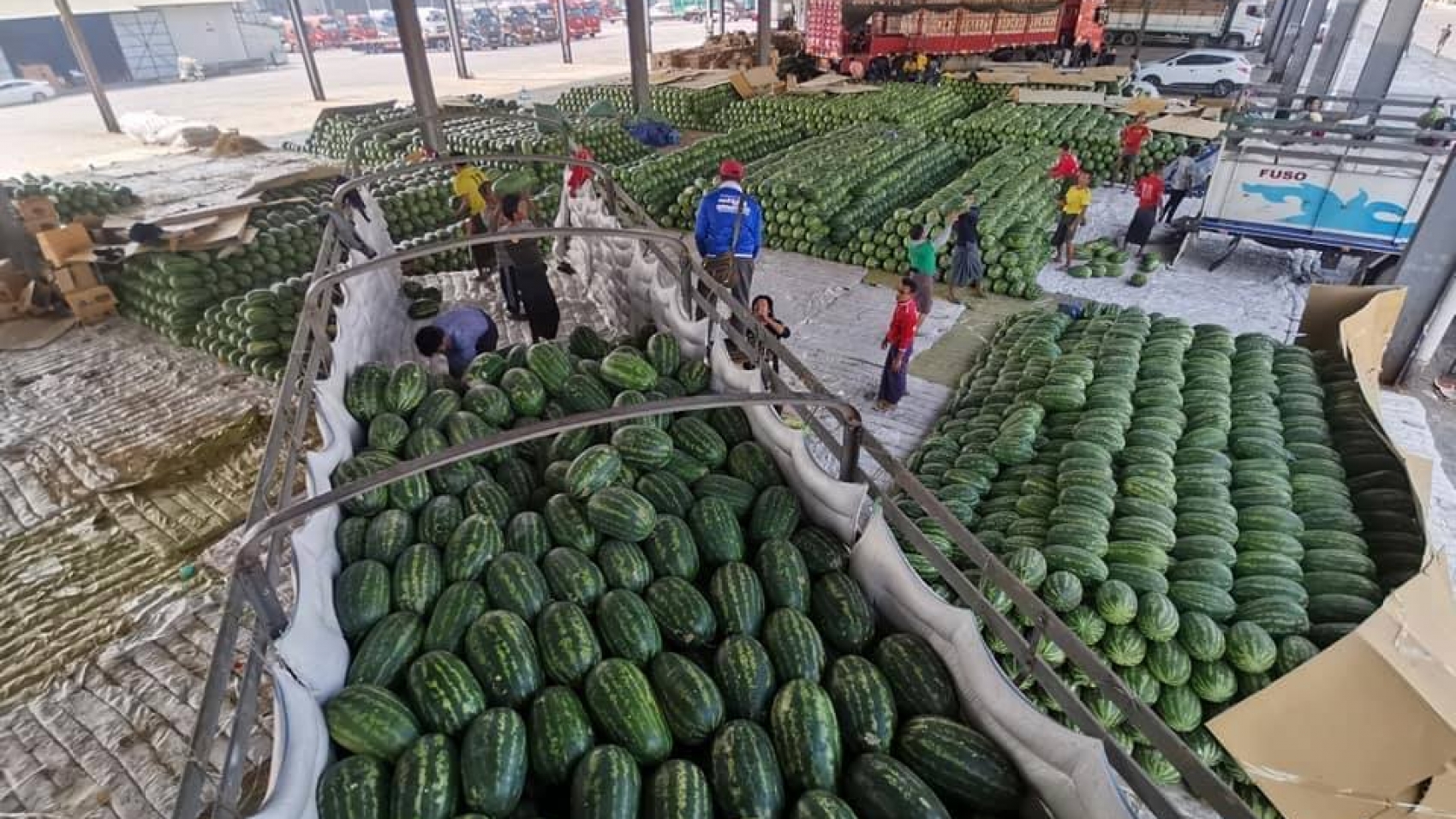A total of 112 enterprises from 18 countries have ploughed in over $2.149 billion into Thilawa Special
Economic Zone under the Special Economic Zone Law as of end-December, 2021 since its establishment, the Directorate of Investment and Company Administration’s statistics indicated. At present, approximately 102 factories are running in the Thilawa SEZ. The SEZ has employed more than 12,000 permanent workers, including permanent and construction workers, according to the management committee. The businesses are primarily operating in Thilawa Zone A, and the development activities in Zone B is underway.
Myanmar is currently implementing three Special Economic Zones Thilawa, Kyaukpyu, and Dawei. Out of the three, Thilawa is leading with better infrastructure and successful businesses. More than 60 per cent of businesses in Thilawa is domestic- oriented manufacturing enterprises, while 40 per cent are export-oriented manufacturers, according to Myanmar Thilawa SEZ Holdings Public Ltd. There are free zones, promotion zones and other zones in the SEZs. A company exporting at least 75 per cent of the production in value is registered as a Free Zone investor and is exempt from paying income tax for seven years from the time it starts commercial operations.
Companies such as logistics, which support export-oriented manufacturing, can also be listed as free zone companies. Domestic-oriented manufacturing companies are regarded as promotion zone companies, and they are eligible for a five year holiday on income tax. Promotion zones are mainly based on the domestic market and the markets in SEZs. In this zone, investments can be made in manufacturing, housing, departmental stores, banking, insurance, schools, hospitals and recreational places. The central body and central working committees have been reestablished to enhance the SEZs.
The meeting of the Central body for Myanmar Special Economic Zone was convened on 14 February 2022, highlighting the development of the three SEZs, proceeding in line with international regulation regarding the contract, implementation of the Kyaukphyu SEZ which can create job opportunities and help contribute to the State’s economy. While the manufacturing sector absorbed the largest share of foreign investments, the investments were also pumped into the trading, other services, logistics, hotel and tourism, and real estate sectors. Japan has topped the list of foreign investors so far, accounting for over 33 per cent of the overall investment, followed by Singapore and Thailand. FDI also flowed into the SEZs from the Republic of Korea, Hong Kong (SAR), the UK, Australia, the UAE, Malaysia, Austria, China (Taipei), Denmark, Brunei Darussalam, Viet Nam, France, Switzerland, and the Netherlands as well.
Source: The Global New Light of Myanmar

